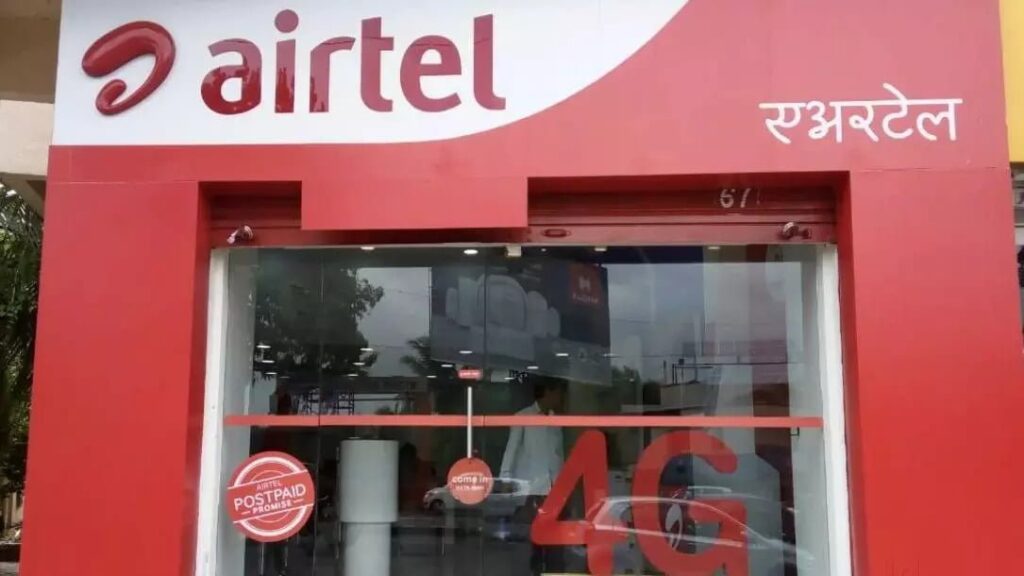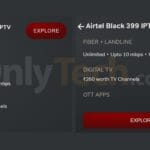Telecom service provider Bharti Airtel in response to TRAI’s consultation paper on ‘Roadmap to Promote Broadband Connectivity and Enhanced Broadband Speed’ called for affordable spectrum prices and increase in spectrum allocation to improve broadband services in country. Airtel stated that the spectrum allocation was too less in India for operators compared to other countries and that affordable spectrum prices would improve the mobile broadband services.
Proliferation of Broadband Services
The company has called for floor tariffs for a time-bound period to restore the financial health allowing for the massive investments needed and enable broadband for all along with reduction in License Fees, Spectrum Usage Charges, and GST.
Airtel further called for DoT to revisit the definition of Gross Revenue and Adjusted Gross Revenue which should be based on global industry best practices including only telecom revenues. It also suggested rationalization and lowered spectrum prices to enable operators to buy spectrum including assignment of spectrum in the E & V band at a reasonable price to meet the requirements of backhaul which would result in lesser interference and better speed and quality.
Airtel further stated that there should be a single window for RoW permissions for laying fiber and installation of the tower with RoW charges being not exorbitant. The company also called for operators to be allowed to do reasonable traffic management practices to ensure a differentiated experience for the customers.
Definition of Broadband
Airtel further stated that the existing definition of broadband was working fine and should be continued with for the next few years until the broadband infrastructure becomes omnipresent which can be relooked at after the next 2 years when the availability and affordability of the broadband services have been taken care of.
Airtel has proposed that in future the broadband speeds maybe defined by speeds higher by 8 Mbps for fixed broadband in the future while for mobile broadband any connection that is 4G or beyond should be treated as broadband.
The company has called for focus on broadband penetration to more households, offices, enterprises, and buildings rather than the broadband connection capacity.
It further noted that the current mechanism wherein broadband speed is defined by service providers was sufficient to reconcile the country’s broadband connections.
Challenges to Slower Mobile Broadband Speed
Bharti Airtel stated that India only had 165MHz of spectrum for four operators compared to 300-400MHz of spectrum in other countries along with lower fiber infrastructure with only 25% mobile towers fiberized compared to 70% fiberized towers in other countries and microwave spectrum availability for backhaul which becomes more critical when there is an absence of fiber assets.
The higher amount of fiber cuts and lower quality of infra availability in terms of reliable grid power leading to outages even with backup power due to towers in far-flung areas has also been pointed for the relatively slower mobile broadband speeds in India.
Challenges to Lower Fixed Broadband Speeds
The company stated that quality of fiber from access to core network, limitation of fiber pairs in the network, insufficient bandwidth provisioning, inefficient routing and placement, absence of content services for some application providers, and higher loading on content servers as one of the few challenges to lower fixed broadband speeds in the country.
Airtel further stated that unavailability of sufficient licensed spectrum and high cost of end device limited the use of FWA technology for the provision of fixed broadband as FWA is largely provisioned on the 2300 Mhz/2500 Mhz band in case of 4G/LTE with spectrum needed to be carved out of existing wireless network to enable FWA provision which is impossible considering the high usage on the wireless network.
Airtel stated that in future sub-6 GHz band and mm-Wave could be used to deploy FWA technology with 5G which would require atleast 100 Mhz in the sub-6 GHz band and 400 MHz or higher in the mm-Wave band.
It further stated that any usage of spectrum for FWA required allocation of a sufficient licensed spectrum at an affordable price.
Airtel further stated that LCOs should be encouraged to tie up with TSPs to build a quality network as they currently use the HFC network which has issues of quality and stability due to frequent and numerous fiber cuts unorganized network design limiting the use of the existing network for the provision of quality broadband services.
LCOs also have no definitive response time for resolution of customer complaints along with frequent fiber cuts and huge Capex requirements to upgrade to fiber network inhibiting LCOs from providing broadband services.
Airtel has called for immediate strategic policy shift towards urban areas by focusing First on Metros and Top 100 cities to improve availability and affordability of FTTH services which is significant in these markets but limited due to non-availability of suitable infrastructure which can be facilitated by expediting RoW permissions and uniform implementation of RoW 2016 rules.
Airtel opposed the need for TSPs and ISPs to declare actual contention ratio, latency, and bandwidth utilization achieved in their core networks during the previous month to their customers. The company also opposed the need for regulatory intervention in the same.
Bharti Airtel supported minimum set of standards that should be defined for open market smartphone to be launched in India related to mandatory regulatory compliances and features impacting customer experience for voice, video, and data services. The company called for mandatory regulatory intervention with due checks related to consumer devices.
Airtel also oppose the need for mandating TSPs to declare actual congestion across the LSA recorded during the previous month over the air interface in the radio nodes or over the backhaul interfaces between RAN and CN. Airtel further opposed need for regulatory intervention by way of mandating certain checks relating to RAN user plane congestion.








